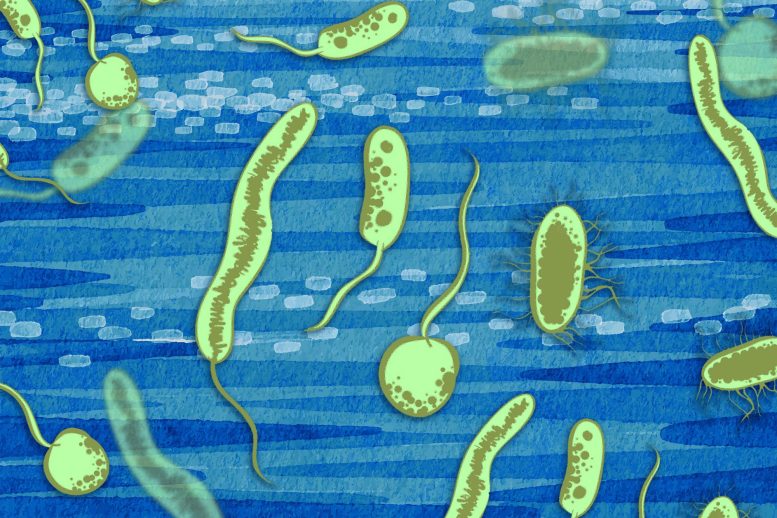MIT Scientists’ New Hypothesis for One of the Grand Mysteries of Science

Around 2.3 billion years ago, oxygen began building up in the atmosphere, eventually reaching the life-sustaining levels we breathe today. A new hypothesis proposed by MIT scientists suggests a mechanism for how this may have happened. Pictured are examples of Paleoproterozoic organisms. Credit: MIT News
Microbes and Minerals May Have Set Off Earth’s Oxygenation
Scientists propose a new mechanism by which oxygen may have first built up in the atmosphere.
For the first 2 billion years of Earth’s history, there was barely any oxygen in the air. While some microbes were photosynthesizing by the latter part of this period, oxygen had not yet accumulated at levels that would impact the global biosphere.
But somewhere around 2.3 billion years ago, this stable, low-oxygen equilibrium shifted, and oxygen began building up in the atmosphere, eventually reaching the life-sustaining levels we breathe today. This rapid infusion is known as the Great Oxygenation Event, or GOE. What triggered the event and pulled the planet out of its low-oxygen funk is one of the great mysteries of science.
A new hypothesis, proposed by MIT Scientists’ New Hypothesis for One of the Grand Mysteries of Science
